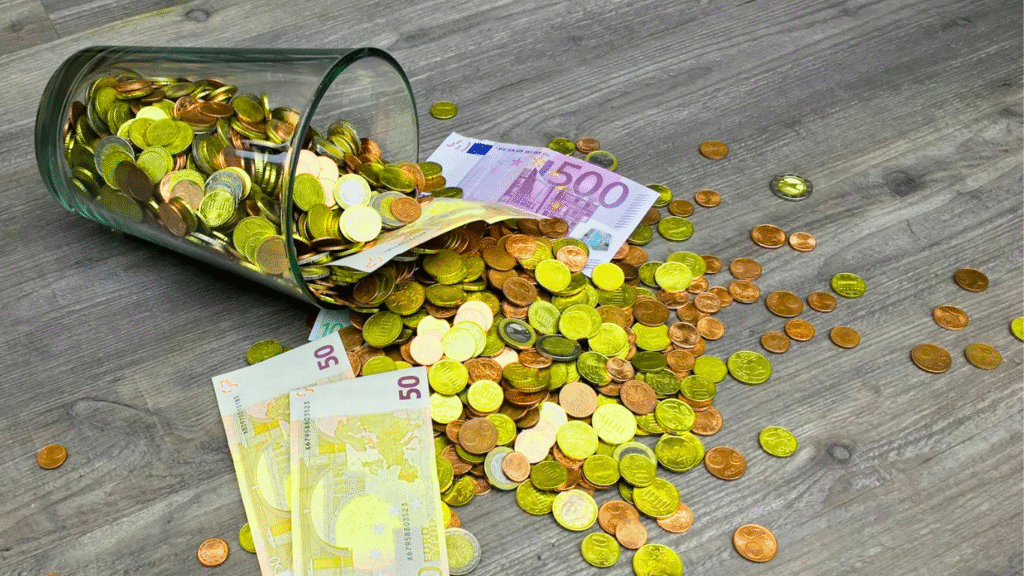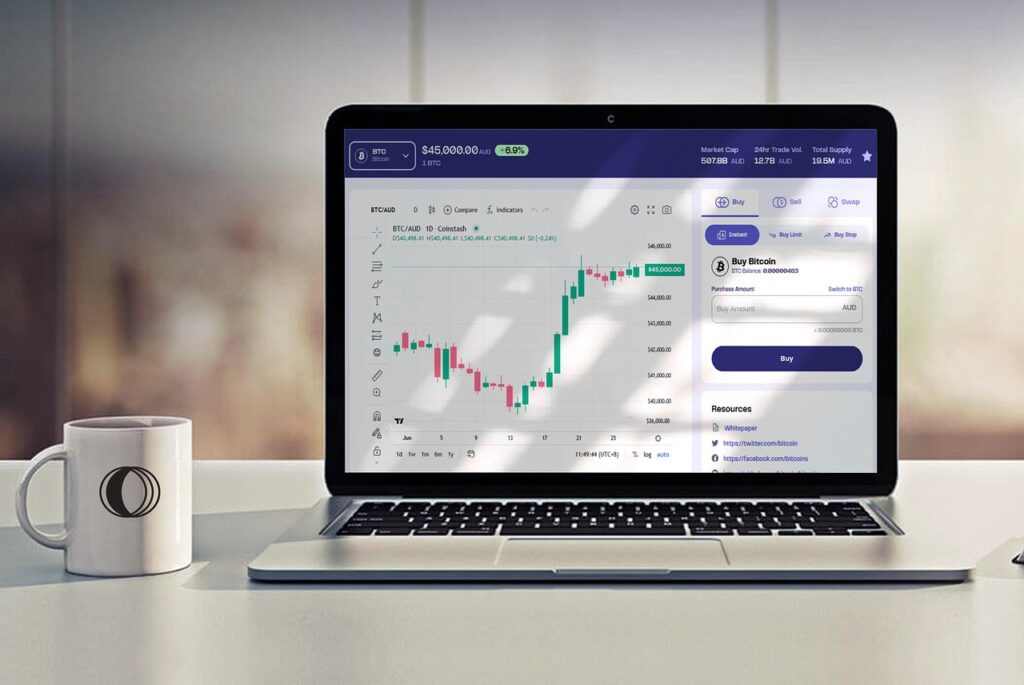Currency vs Money: What’s the Difference? best in (2025)
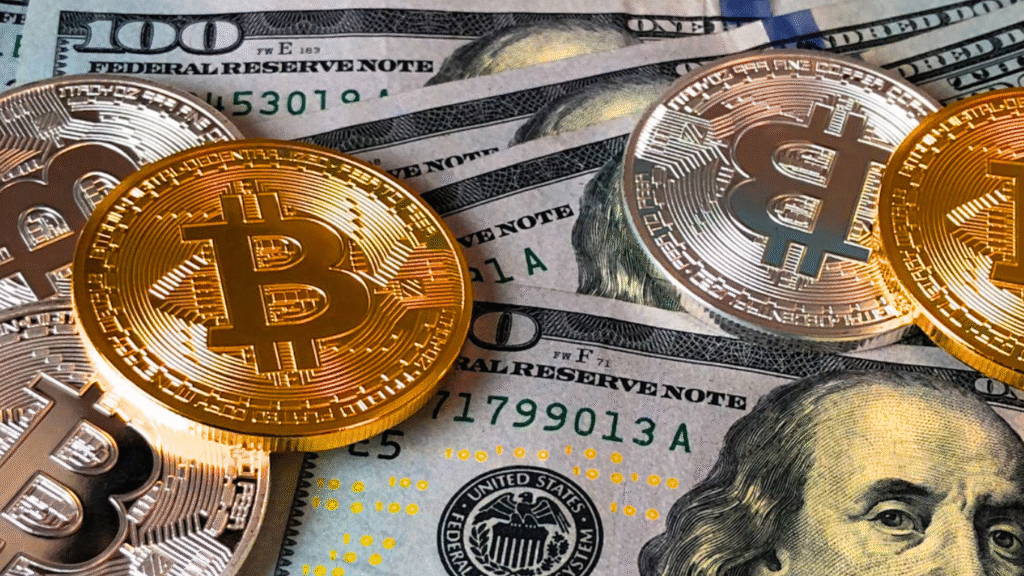
Introduction:
Let’s be honest most of us use the words currency and money as if they mean the exact same thing. And in everyday conversation, that’s usually fine. But if you’ve ever paused and thought, “Wait, is there actually a difference? you’re already asking a great question.
Understanding the distinction between currency and money isn’t just about getting the terminology right. It actually reveals a lot about how the financial world works behind the scenes. Whether you’re exchanging money while traveling, managing your personal budget, or just curious about how global economies function, knowing the difference can help you make more informed decisions.
So, what is the difference?
Here’s a quick preview: money is the big-picture concept. It’s the idea of something that can be used to buy things, store value, and measure worth. It comes in many forms some physical, some digital, and some that have been used for thousands of years (like gold). Currency, Currency vs Money: What’s the Difference? on the other hand, is a more specific term. It refers to the physical stuff like the bills in your wallet or the coins in your pocket. It’s the government-issued form of money that you use to pay for coffee, groceries, or that spontaneous online shopping spree.
In this article, we’ll take a closer look at:
- What money really is (beyond coins and credit cards)
- What currency specifically refers to
- How they’re related and how they’re not
- Why this difference actually matters in real life
Don’t worry we’ll keep things simple, clear, and jargon-free. Whether you’re a curious learner or just trying to sound a bit smarter at your next dinner party, this guide has you covered.
What Is Money?
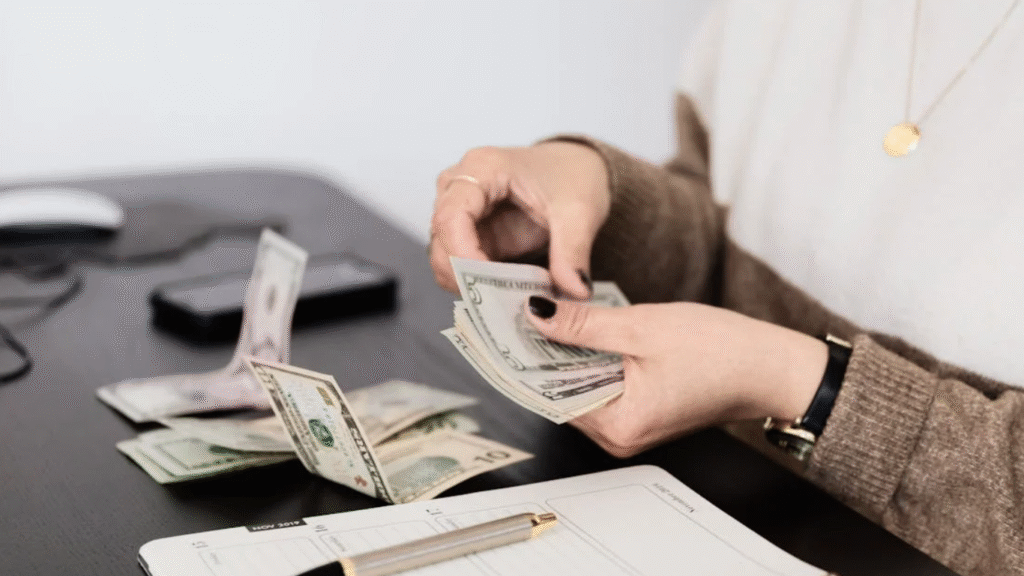
Let’s start with the big picture: money is more than just the cash in your wallet or the numbers in your bank account. It’s a concept an agreement, really that allows people to trade value in a consistent and trusted way.
At its core, money serves four essential functions:
- Medium of Exchange – You can use it to buy and sell things. Without money, we’d be stuck bartering I’ll trade you three chickens for your bicycle which gets complicated fast.
- Store of Value – You can save it now and use it later. Money holds its value over time (ideally), which makes it useful for saving.
- Unit of Account – It helps us measure and compare value. Saying something costs $10 gives it a clear, shared meaning.
- Standard of Deferred Payment – You can use it to settle debts, both now and in the future. Think loans, bills, or IOUs.
So, what counts as money?
Surprisingly, money comes in many forms:
- Physical coins and banknotes – the classic, tangible kind we all recognize (also known as currency).
- Bank deposits – the digital balance in your checking or savings account.
- Digital money – mobile wallets, online transfers, and more recently, cryptocurrencies like Bitcoin.
- Commodities – things like gold, silver, or even salt were historically used as money in different cultures and time periods.
What makes all of these “money” isn’t their form it’s the fact that people agree to accept them in exchange for goods and services.
So, to keep it simple: money is anything that people are willing to accept as payment. As long as it’s trusted, recognized, and serves the functions above, it qualifies as money whether it’s a shiny coin, a digital number, or even a rare collectible in a specific community.
What Is Currency?
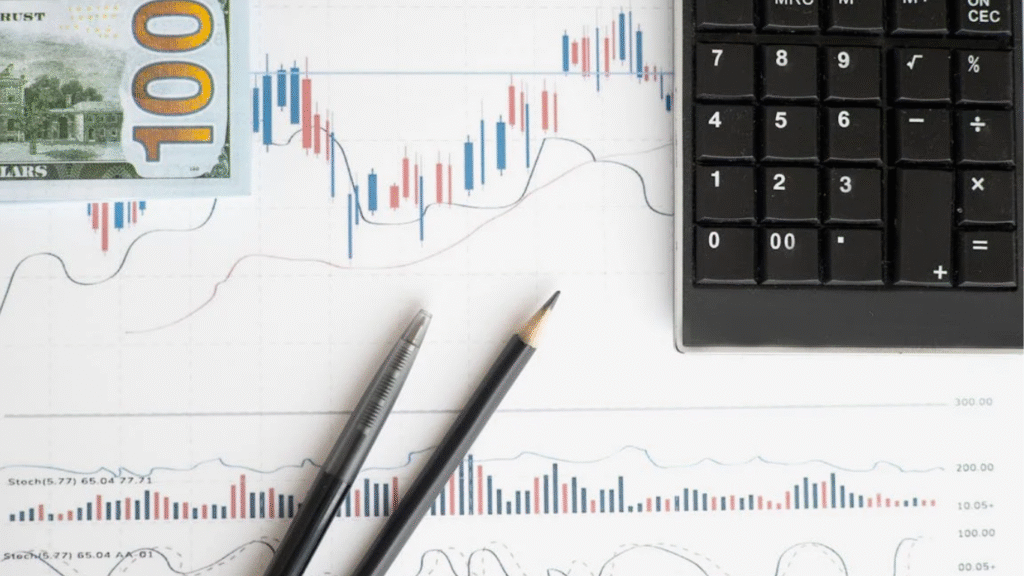
Now that we’ve explored the broader idea of money, let’s zoom in on one specific form of it currency.
Currency is the physical representation of money. It’s the coins jingling in your pocket and the paper bills tucked into your wallet. You’ve probably used it a thousand times without thinking twice about where it comes from or what makes it “official.”
Here’s the key point: currency is issued by a government or central bank, and it’s backed by law. When a country says, “This note is legal tender,” it means businesses and individuals are legally required to accept it when offered for payment.
Currency includes:
- Coins – typically made from metal and used for smaller denominations.
- Paper bills (or notes) – lightweight, portable, and used for larger amounts.
Currency has a few defining features:
- Tangible – You can touch it, hold it, and even lose it under the couch.
- Government-regulated – Every country has a central authority (like the U.S. Federal Reserve or the European Central Bank) that controls how much currency is in circulation.
- Legal Tender – It must be accepted to settle debts and payments within its issuing country.
But here’s where it gets interesting:
All currency is money, but not all money is currency.
Why? Because money also includes things like your digital bank balance, cryptocurrencies, and other non-physical forms of value. Those can be used to buy things too but they’re not “currency” in the traditional sense because they’re not physical or necessarily government-issued.
To sum it up:
Currency is money you can physically spend, and it plays a vital role in everyday transactions. But it’s just one piece of the much bigger money puzzle.
Key Differences Between Currency and Money
Now that we understand what money and currency are, let’s compare them side by side. While they’re closely related, they’re definitely not the same thing—and knowing the difference can help you better understand how financial systems work.
Here’s a breakdown of the main differences:
| Feature | Money | Currency |
|---|---|---|
| Definition | A broad concept that includes anything accepted as a medium of exchange. | The physical form of money—coins and paper bills. |
| Form | Can be physical or digital (e.g., coins, bank balances, crypto). | Always physical (e.g., coins and banknotes). |
| Legal Tender? | Not always—depends on form and recognition. | Always legal tender within its issuing country. |
| Issued By | Can be decentralized (e.g., gold, Bitcoin) or centralized. | Always issued by a government or central bank. |
| Durability | Can last longer or forever (e.g., digital assets, gold). | Physically degrades over time and needs replacement. |
| Scope | Broader—includes currency plus other forms like credit and crypto. | Narrower—a subset of money. |
| Acceptance | Depends on context and trust (e.g., crypto isn’t universally accepted). | Generally accepted by law for payments and debts. |
| Examples | Gold, Bitcoin, credit balances, PayPal funds, physical currency. | U.S. Dollar bills, Euro notes, British Pound coins. |
In Simple Terms.
Think of money as the big umbrella that includes everything we use to measure, store, and exchange value. Currency is just one part of that it’s the physical money we hold in our hands.
So, the next time you tap your card, send a bank transfer, or use crypto, remember: you’re using money, but not necessarily currency.
Why Does the Difference Matter?
You might be thinking, “Okay, I get it money is the big idea, and currency is the physical form. But does this really matter in everyday life?”
Actually, yes it does. Understanding the difference between currency and money can give you a smarter perspective on how your finances, investments, and the global economy work. Here’s why it matters:
Personal Finance
When you check your bank balance or use a digital payment app, you’re using money but not necessarily currency. Not every dollar in your account is backed by a physical bill sitting in a vault. In fact, most of it is just numbers in a system.
Knowing this helps you understand the importance of trust in the banking system, and why financial stability matters on a larger scale.
Investing
Some assets like gold, silver, or even Bitcoin can be considered forms of money because people trust them to store value. But they aren’t currency, because you can’t (yet) walk into a grocery store and pay with gold bars or crypto (at least not easily).
If you’re investing, it’s crucial to know which assets are backed by governments (currency) and which ones are valued by the market (money).
Global Trade and Economics
Currencies (like the US Dollar, Euro, or Japanese Yen) can rise and fall in value every day due to inflation, interest rates, and political events.
Money, in its broader sense, holds value across borders and over time think gold, for example. Understanding this helps you grasp why countries hold reserves in different forms and why exchange rates matter in international trade.
In Short
The difference between currency and money isn’t just academic it shapes the way we spend, save, invest, and trade. Whether you’re managing your budget or watching the global markets, having this knowledge gives you a more informed, confident approach to your financial decisions.
Conclusion:
So, what’s the real difference between currency and money?
In simple terms: money is the broad concept it’s anything that people agree to use as a way to exchange value. Currency, on the other hand, is the physical form of that money like coins and paper bills issued by a government or central authority.
While they’re closely connected, they serve different purposes. Currency is what you use in your day-to-day transactions, but money extends far beyond that into digital payments, investments, savings, and even alternative assets like cryptocurrency and gold.
Understanding this distinction isn’t just about getting the terminology right it gives you a sharper lens to view how the financial world operates. It helps you make smarter decisions in your personal finances, better evaluate investment opportunities, and gain deeper insight into how economies grow, shift, and respond to change. see
